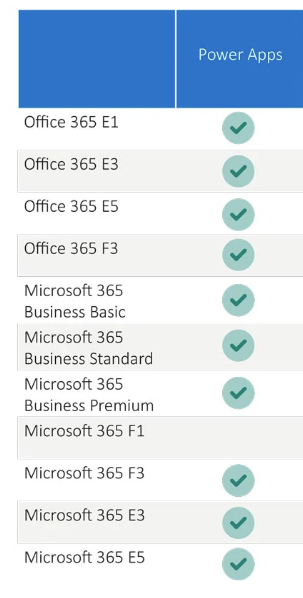We need to talk about... D365 CE to D365 BC Integration... Part 1
- Graeme Donnell

- Jan 13, 2023
- 3 min read
I am kicking off 2023 with a brand new series of blogs focused on a integration component that I only realised decided to investigate. This integration component is the relatively new Dataverse Connection Integration between D365 CE and D365 BC (Customer Engagement and Business Central).
Background
A little background to the products and the use cases of where I have seen the integration between D365 CE and D365 BC being utilised.
Traditionally we would expect the integration to be deployed to customers who have an existing D365 Sales implementation and wish to integrate this with an existing D365 BC implementation. Or in cases were an existing implementation of either exists, and the customer wishes to extend their application landscape and include integration.
For the purpose of this blog series I am going to assume that the use case is a client with an existing D365 CE Sales implementation and an existing D365 BC implementation.
Dynamics 365 Sales Overview (CE)
As mentioned above for the purposes of this blog we will be taking a standard out-of-the-box sales implementation through the process of integration with Dynamics 365 Business Central.
The implementation uses the following tables and these record types will be the ones utilised as part of the integration.

Dynamics 365 Business Central Overview(BC)
As mentioned above for the purposes of this blog we will be taking a standard out-of-the-box sales implementation through the process of integration with Dynamics 365 Business Central.
On the Business Central side of things the following tables and processes and will utilised as part of the basic integration.

Dataverse Connection Setup
The Dataverse Connection Setup is the initial step by step guided wizard which makes it easy for uses to setup the initial integration between D365 CE and D365 BC. This integration will simply create an initial connection between the two applications.
The following table describes the recommendations for the options we are able to configure. This again makes it easy to decide which data is connected and synchronised with Dynamics 365 CE
Recommendation | Description |
Full synchronisation | Data exists only in Business Central, or only in Dataverse. The recommendation is to synchronise all data from the service that has it to the other service. |
No synchronisation | Data exists in both applications, and running full synchronisation would duplicate the data. The recommendation is to couple records. |
Dependency not satisfied | Data exists in both applications, but the row or table can't be synchronised because it depends on a row or table that has the No synchronisation recommendation. For example, if customers can't be synchronised, then data for contacts that depends on the customer data can't be synchronised either. |
D365 Sales Connection Setup
Once the initial dataverse connection has been created we then need to deploy the Dynamics Sales Connection. In addition to the basic connection string and username/password settings already provided we need to consider the following configuration options as well.
Field | Description |
Sales Order Integration is Enabled | Enable users to submit sales orders and activated quotes in Dynamics 365 Sales and then view and process them in Business Central. This setting integrates the process in Dynamics 365 Sales. For more information, see Enable sales order processing integration. |
Automatically Create Sales Orders | Create a sales order in Business Central when a user creates and submits one in Dynamics 365 Sales. |
Automatically Process Sales Quotes | Process a sales quote in Business Central when a user creates and activates one in Dynamics 365 Sales. For more information, see Handling Sales Quotes Data. |
Bidirectional Synch of Sales Orders | Synchronise sales orders in both directions. For example, if a customer changes their mind about the product or quantity they ordered in Dynamics 365 Sales, you can archive the sales document and create a new one in Business Central. |
Table Mappings
Once the initial configuration is complete and we have run the additional D365 Sales Configuration the last component we need to familiarize ourselves with is Table Mappings.
The Table Mappings are held with D365 BC and are sorted in an integration table. These integration tables exists for each "entity" that we are exchanging data across and include the fields that correspond to columns in the Dataverse table. For example, the Account integration table connects to the Accounts table in Dataverse. There must be a integration table mapping for each table in Common Data Service that you want to synchronise with data in Business Central.
When you create the initial connections outlined above between the applications, Business Central will store and set up the default mappings.

This initial blog post is aimed at introducing the initial key concepts of the Dataverse Connection, the D365 Sales Connection and the associated table mappings. In my next post I will walk through the actual configuration of these elements and the changes we can make to the out-of-the-box config.
Hope you all enjoyed this initial post on the D365 CE integration with D365 BC. I will continue this series with some additional content specifically related to configuration of this integration and problem areas I have discovered. Take Care, Speak Soon!




Comments